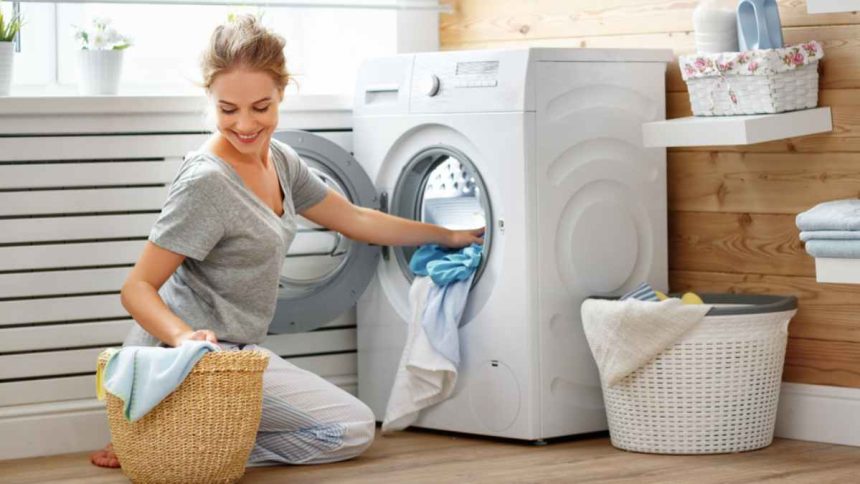Introduction
Hospital uniforms are a significant part of any healthcare facility. Not only do they help to reduce the risk of infection, but they also help to set the tone and morale of an environment. Unfortunately, not all hospital uniforms are created equal. In fact, many are laden with bacteria that can cause serious health problems for patients and staff. To help reduce the risk of infection, consider contracting a mold remediation service in Austin. These professionals will work to clean and sanitize your uniforms, reducing the risk of bacteria spreading throughout your hospital fire damage restoration.
What is Mold?
Mold is a type of fungus that can grow on materials such as paper, cloth, insulation, and even skin. Mold can cause health problems if it is inhaled or ingested. It can also produce toxins that can damage the respiratory system, kidneys, liver, and other organs.
Mold remediation service in Austin hospital and laundering nursing scrubs uniforms to reduce bacteria:
One way to reduce the spread of mold is to remediate the area where it is growing. A mold remediation service will inspect the area for signs of visible mold and make any necessary repairs or replacements. They may also use environmentally safe products to clean the area and eliminate any potential source of mold growth. Laundering nursing scrubs uniforms regularly will help reduce the amount of bacteria that can form on them. By removing moisture and contaminants from these garments, you reduce the likelihood that they will become contaminated with mold or other harmful organisms.
How Does Mold Reproduce?
Mold is a fungus that grows in warm and moist areas. It can reproduce rapidly in places like hospitals and nursing homes where there is a lot of moisture, such as on humidifiers or in leaky pipes. Mold can also grow on fabrics, especially if they are dampened and then left to sit. When mold spores are breathed in, they can cause respiratory problems. In extreme cases, mold can grow unchecked and cause structural damage to buildings.
To remediate a mold problem, professionals will typically start by surveying the area for signs of growth. If there is evidence of significant mold growth, the team will first try to clean it up using methods like bleach or high-pressure water cleaning equipment. If that does not work, the team may choose to remove the entire structure containing the mold using a specialized hazmat suit. In some cases, professional cleanup may be enough to eliminate the need for further remediation.
If you suspect that your building has a mold problem, you should contact a professional remediation company like Austin Pro Cleaning Solutions LLC. Our team is experienced in dealing with outbreaks of mold and we will do everything we can to get your building back into compliance as quickly as possible.
What are the Health Risks of Mold?
Mold can be a health risk in any environment where it is present, including hospitals and nursing homes. It can produce allergic reactions, respiratory problems, and even serious health conditions such as asthma. In addition, mold can spread harmful bacteria, which can lead to infections.
To reduce the health risks posed by mold, hospitals and nursing homes should use effective remediation services. These services will remove the mold from the environment and clean any surfaces that may have been contaminated. In addition, the uniforms of nurses and other healthcare workers should be laundered regularly to reduce the number of bacteria present.
How Does Mold Affect the Environment?
Mold remediation service in Austin hospital and laundering nursing scrubs uniforms to reduce bacteria:
The health hazard of mold grows exponentially when it contaminates indoor environments. Mold can produce allergens, irritants and other pollutants that can cause serious health problems. In hospitals, mold often appears as a form of black or brownish-green fungus on walls, ceilings and floors. It can also contaminate medical equipment, clothing and bedding.
A study by the Centers for Disease Control and Prevention (CDC) found that 20 percent of Americans have experienced allergic symptoms after exposure to indoor molds. The risk is highest for people with asthma, eczema or other sensitivities to allergens. Mold growth can also increase the spread of harmful bacteria such as Legionnaires’ disease and pneumonia.
Hospitals face many challenges when it comes to controlling mold growth. Clothes and linen are often stored in moist environments, making them prime targets for mold spores. Medical equipment is often shared between different departments without proper sterilization. And because nurses labor under high pressure conditions, they are especially prone to developing respiratory problems from exposure to moldy air.
To reduce the risk of health complications related to mold, hospitals should use effective cleaning methods and implement policies that protect employees from Exposure To Indoor Molds (EtiM). These measures include:
1) regularly cleaning all surfaces where mold may grow;
2) isolating sick patients in separate areas;
Why Have Austin Hospitals Been Having Issues with Mold?
Hospitals are usually known for being clean and sterile environments, but this is not always the case. In fact, hospitals have been known to have mold issues in recent years. Some of the reasons for this include the use of outdated technology and the lack of proper ventilation.
The problem with mold is that it can cause a number of health problems. For example, it can be harmful to the respiratory system if it is breathed in, and it can also cause serious allergies. Additionally, mold can cause infections if it gets into contact with wounds or other infected areas.
There are a number of ways that hospitals in Austin can remediate their mold issues. One option is to hire a Mold Remediation Service to come in and clean up the area. This service typically uses a variety of methods to rid the area of all traces of mold. In addition, they may also need to do laundry work to reduce bacteria levels nurse scrubs.
Hospitals in Austin should take steps to remediate their mold issues as soon as possible because they can lead to serious health complications down the road.
Conclusion
Mold remediation service in Austin hospital and laundering nursing scrubs uniforms to reduce bacteria: Laundering and proper storage of uniforms can help to control the spread of bacteria, which is beneficial for both employees and patients. Mold remediation service in Austin hospitals can help remove any mold that may have developed, while laundering will prevent the spread of infection. By taking these simple steps, you can protect yourself and those around you from potential health risks.
Lynn Martelli is an editor at Readability. She received her MFA in Creative Writing from Antioch University and has worked as an editor for over 10 years. Lynn has edited a wide variety of books, including fiction, non-fiction, memoirs, and more. In her free time, Lynn enjoys reading, writing, and spending time with her family and friends.















